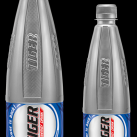Private Label Gains in Value in Poland
 According to estimations included in the PMR report entitled “Private label in Poland 2012. Market analysis and development forecasts for 2012-2014”, the value of the private label market increased by 18%, thus reaching almost PLN 29bn (€7bn) in 2011.
According to estimations included in the PMR report entitled “Private label in Poland 2012. Market analysis and development forecasts for 2012-2014”, the value of the private label market increased by 18%, thus reaching almost PLN 29bn (€7bn) in 2011.
The high growth rate of the market in 2011 was the result of a significant sales value growth in supermarkets and discount stores, which reached 20% in both channels. As a result, both these formats expanded their market share. Hypermarket sales also developed intensively last year, although at a lower rate than the year before (18%). Traditional trade increased at a rate much below the market level.
Source: Poland Forum on Linked
My comment:
” When i look at the growth curve on the document, i believe and IMO after 2009 and 2010 the major retail players in Poland noticed and started being aware that if they don’t handle the private label products properly, it will hurt their business instead of growing it and here i am not talking about the Hard-Discounters who on a separate note started introducing national brands in their assortments in Germany and France lately.
Poland is and will become more and more a very attractive place for supermarket retailers in all format, and i always wondered why this country and its consumers are so receptive in this industry.
Major retailers are squeezing their assortments and throwing out more and more SKUs with slow rotation to replace them and give more chance and shelf space to their private labels in the same category with higher margins and faster rotation, no matter what was the cost of introducing that branded product on the shelf initially, when the buyer is squeezed for margins by his management, he is squeezing the suppliers and i had to go thru this with 2 retailers in Poland, Carrefour and REAL. I also feel that Carrefour is becoming a Soft-Discounter and trying to compete as being the “every day low price” store.
Another game the retailers are now playing are the private label brands themselves, lately the retailers tried also to skip showing their store brand name on the packages and started developing their “own but not store brand” different names as they are aware some consumers/customers are very sensitive to this issue.
One more game played by the biggest hard discounter in Poland, Biedronka, who in my opinion is taking the hard discount industry by storm in Poland and giving hard time to Lidl, Aldi, Netto and all the rest, is to introduce a product under any given brand, not necessarily a known brand and test it in its stores, if things start rolling in 3-6-12 months (depending on the product category) then the supplier should start switching his brand to Biedronka’s brand and keep on supplying.
I negotiated for more than 1 year and it is quite tough to list 1 single product in 1600 stores (Biedronka stores number at that time)So yes, i totally agree that private label in Poland still has plenty of room to grow and only few major brands will survive this odyssey! “
You can also read: How smart are Polish shoppers?



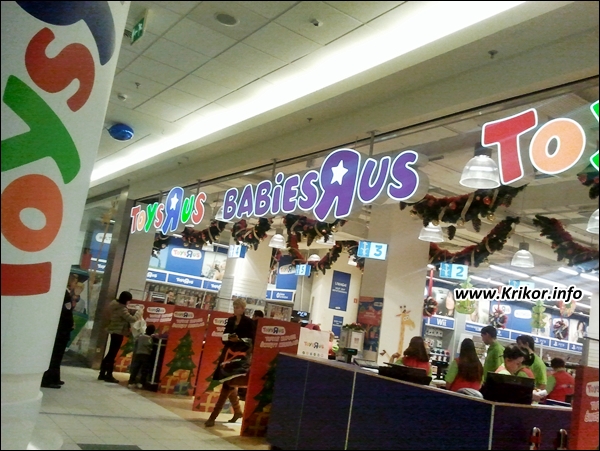

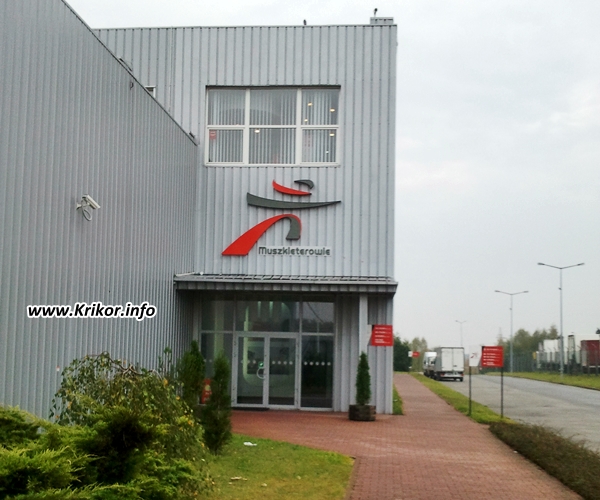
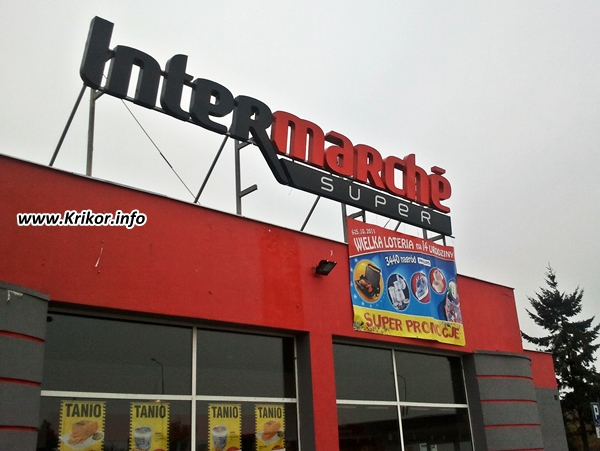
 In May 2000, a small group of enthusiastic, experienced and ambitious merchants, specialized in personal care and home care, decided to join forces and develop their own organizational concept which led to the creation of
In May 2000, a small group of enthusiastic, experienced and ambitious merchants, specialized in personal care and home care, decided to join forces and develop their own organizational concept which led to the creation of 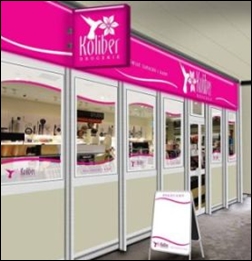 The sales activities started on 21 March 2002 by issuing the first newspaper advertising, which still appears regularly at the end of each month.
The sales activities started on 21 March 2002 by issuing the first newspaper advertising, which still appears regularly at the end of each month.
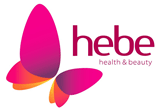 Before discovering what hebe means, I thought that it is the combination of the first 2 letters of health and beauty, then to find out that hebe drugstores got their name from the name of Greek goddess, in the mythology that is the epitome of eternal beauty.
Before discovering what hebe means, I thought that it is the combination of the first 2 letters of health and beauty, then to find out that hebe drugstores got their name from the name of Greek goddess, in the mythology that is the epitome of eternal beauty. 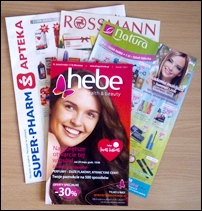 The store is spacious, compared to other drugstores, there is enough room between the shelves and the different categories, they are using shelves management system for well-ordered displays, excellent lighting reflecting on the white tiles. They have a very beautifully designed shopping baskets, but store security did not allow to take photos.
The store is spacious, compared to other drugstores, there is enough room between the shelves and the different categories, they are using shelves management system for well-ordered displays, excellent lighting reflecting on the white tiles. They have a very beautifully designed shopping baskets, but store security did not allow to take photos.

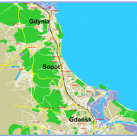
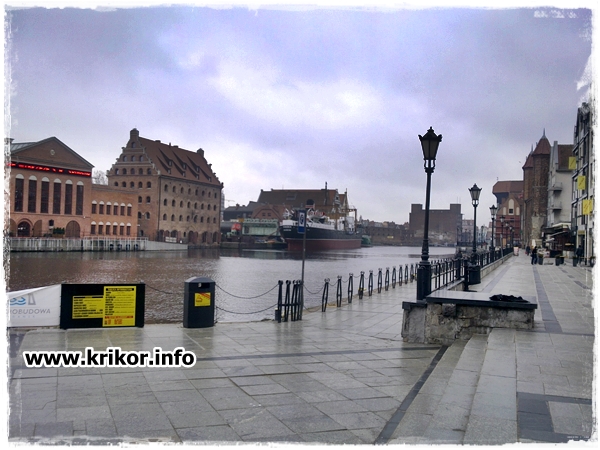
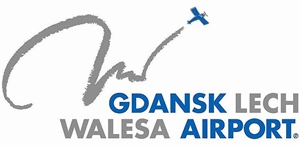
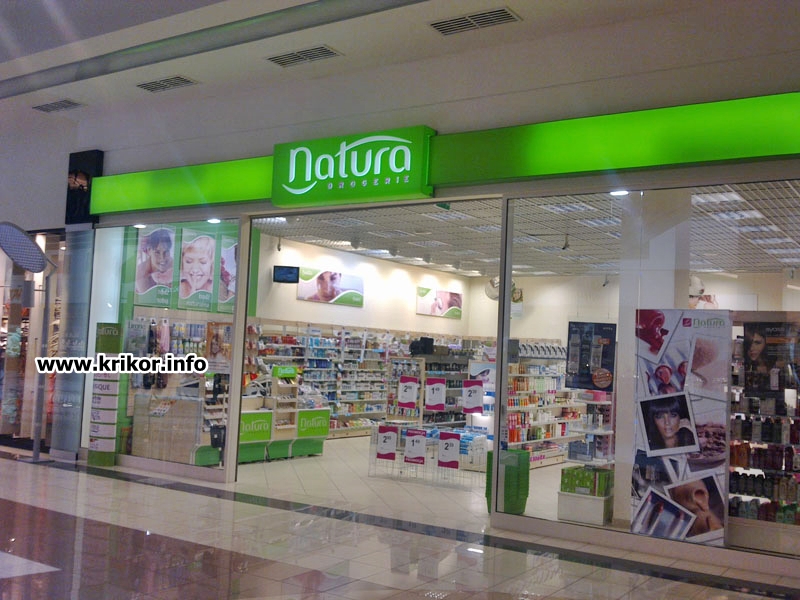
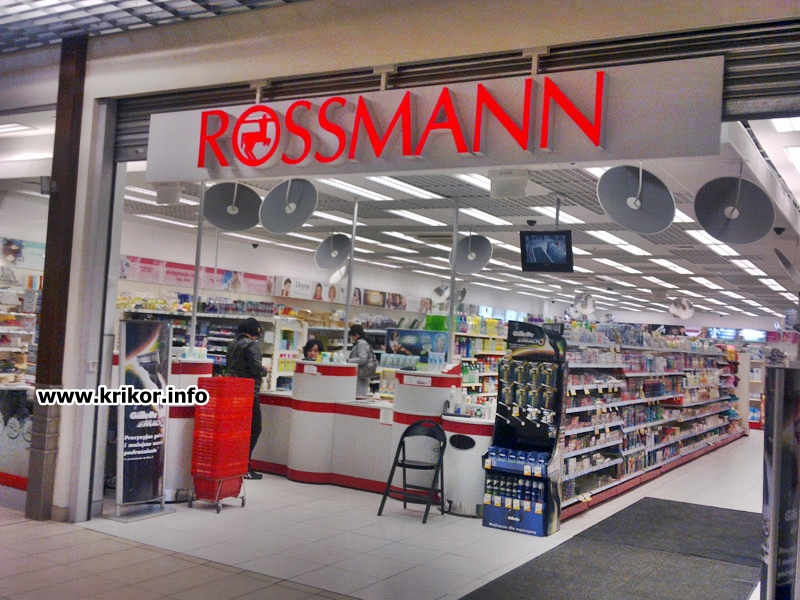
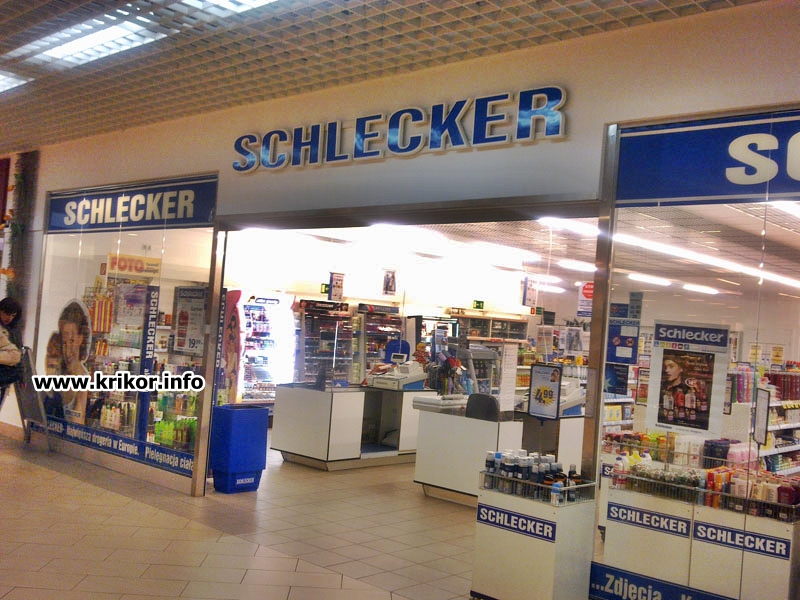
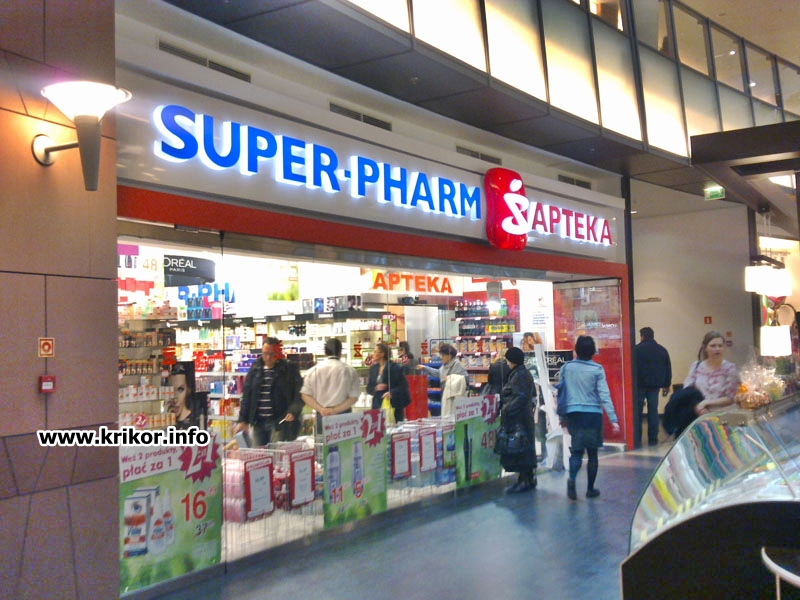

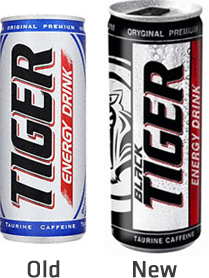 The Polish energy drink is quite interesting with 2 major players, 1 follower and few minor brands. The leader of the market, believe it or not, is not Red Bull.
The Polish energy drink is quite interesting with 2 major players, 1 follower and few minor brands. The leader of the market, believe it or not, is not Red Bull. 